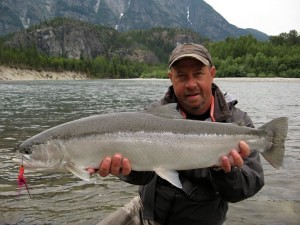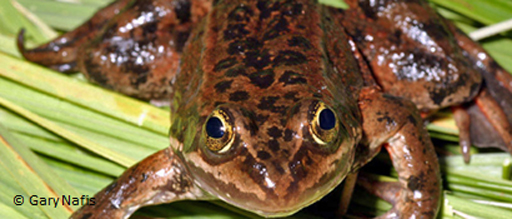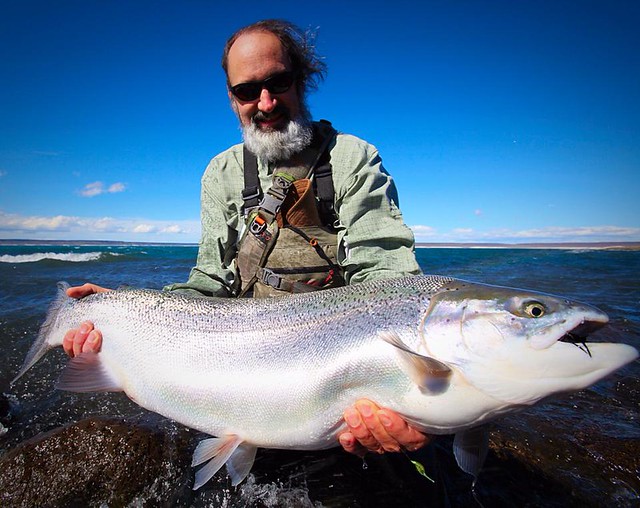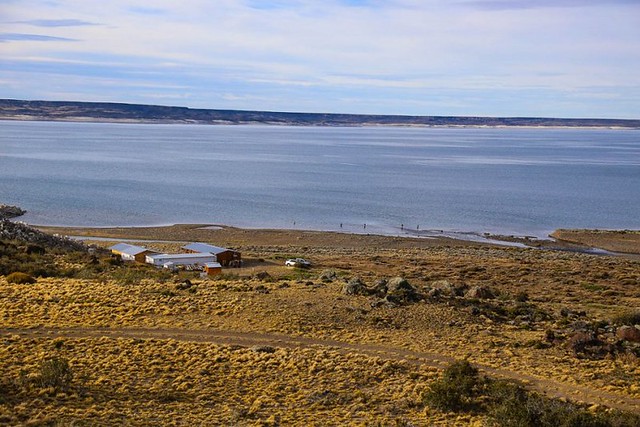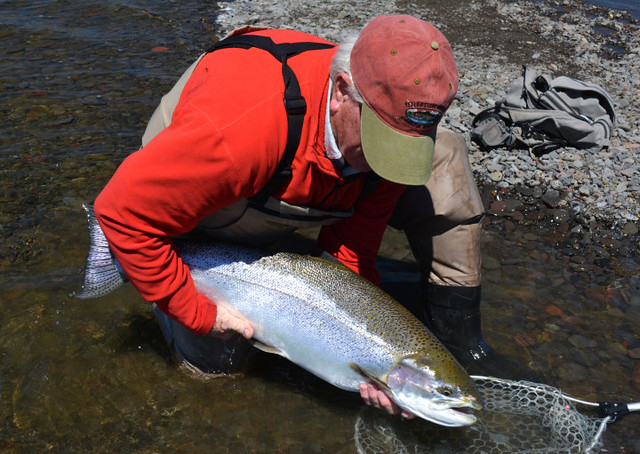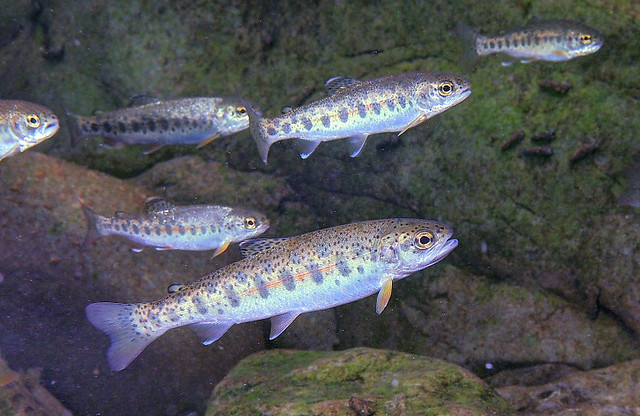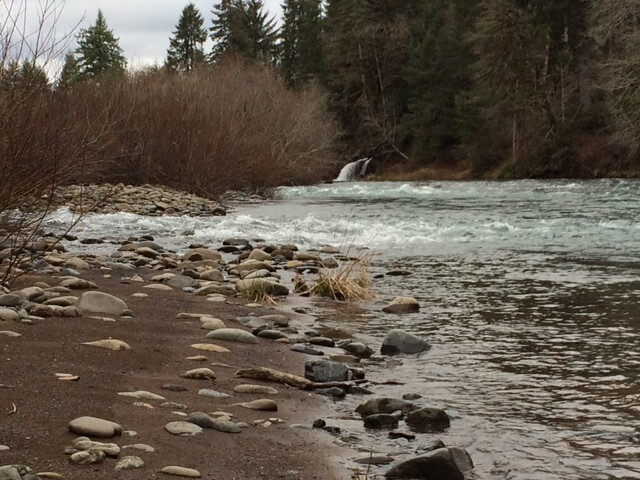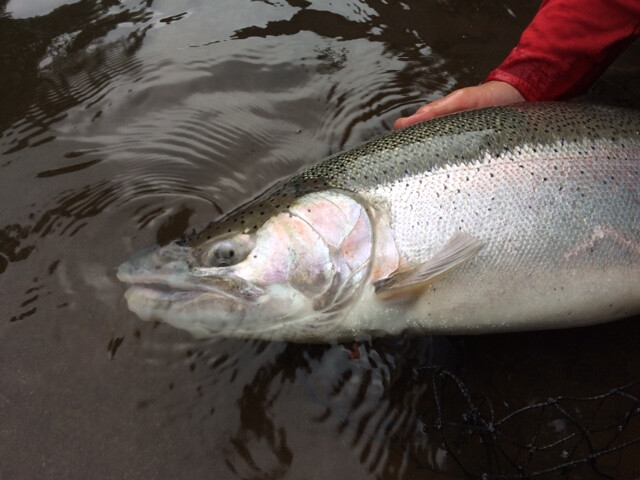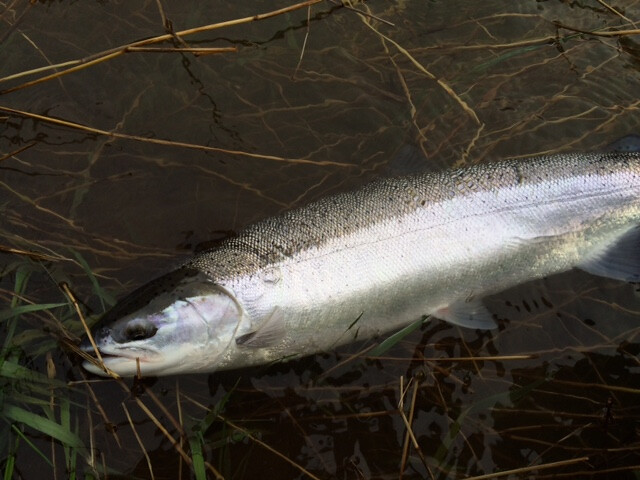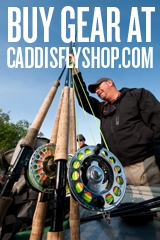This is how the email usually begins:
Hello: I’m considering purchasing a NORVISE and would appreciate it if you if you could tell me a little about the vise.
1. Is it really useful as a working vise?
2. Is it mostly a toy?
3. What can a NORVISE do for me that any other vise can’t?
4. I have tied flies for several years and own several vises already, but I’m intrigued with the NORVISE.
5. What can you tell me that might convince me that the NORVISE is a serious fly tyng tool versus a magician’s prop?
Those are generalized examples of many emails I receive through the Caddis Fly Shop, all referred to me to provide customer guidance. Here is what I told the most recent customer who made a similar inquiry.
I wrote a rather long answer to a customer a few weeks ago and posted it on my own blog fishingwithjay. You may want to see the long version or you may be satisfied with the short version that follows.
Here is the short version of my reply to the generic questions about the NORVISE.
First, I can positively and unreservedly recommend the NORVISE. It is far from a toy or a magician’s prop. The NORVISE is a hard working, well thought-out fly vise that holds hooks of nearly all sizes securely and allows me to save time and increase the symmetry of my flies. I’ve tied at least a thousand dozen flies on my NORVISE over the years, and the vise has earned a permanent place on my fly bench.
I’ll cut to the bottom line and recommend that you purchase the following:

NORVISE with standard inline jaws and thread post. The bamboo mounting board is a separate item.
NORVISE with standard straight inline jaws and thread post, shown above on the mounting board.

travel case with mounting board included. No materials though, you must add your own.
The travel case, shown above, that includes the bamoon mounting base but no materials – you have to supply your own.

Bobbin kit with three spare spools and gizmo that lets you spool thread onto these.
One clutch bobbin kit (three spare spools)

NORVISE clutch bobbin.
One clutch bobbin (no spare spools)

This is what the lamp and built-in magnifying glass look like.
The tying lamp that mounts on the thread post (light and magnifying glass in center)
This will get you going on solid footing. I have tied flies from #18 to 2/0 on the standard inline jaws.

Fine point jaws for NORVISE.
At some time in the future you may consider the fine point conversion jaws for very small flies or the tube conversion for tube flies, but for most purposes the list i provided above is about right.
I considered the NORVISE to be some sort of gimmick until I finally purchased one and began using it over a decade ago. I have found it an AMAZING asset on my bench and believe you will also. Spinning dubbing for bodies, winding on chenille bodies, palmering hackles on stimulators, winding dry fly hackles, crafting buggers—and so many tasks—are an order of magnitude easier and the results more pleasing with this vise.
While I do not always use the rotation feature of the vise for all elements of every fly, it is unique and a valuable asset.
And yes, The Caddis Fly Shop will be able to provide any of Norm’s products to you even if they are not all listed in our online catalog. A simple email or phone call to the shop will get the job done promptly.
Questions? Please let me know. This is more than a toy, the NORVISE is a dependable and durable vise that will take a little getting accustomed to—but this vise will deliver great performance and enhance the quality of your flies.
Best Regards
Jay Nicholas


















